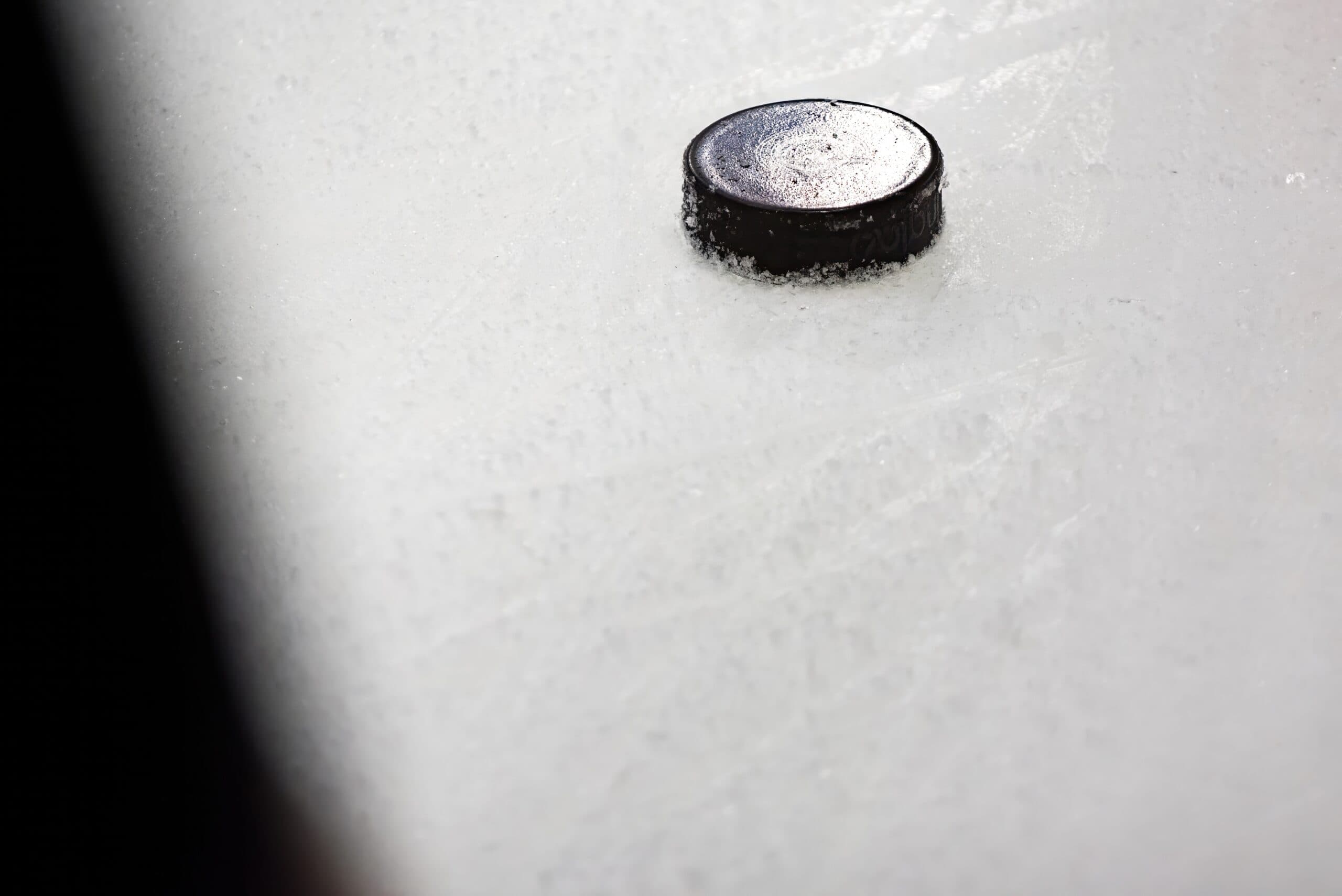Study: Odds of CTE increase 34% per year for male hockey players

A study has found that males who continually play hockey have a greater risk of developing chronic traumatic encephalopathy (CTE).
The Boston University Medical School CTE Center released findings of a data analysis that was conducted from Jan. 2023 to May 2024, studying the brains of deceased male hockey players. It revealed that the chances of having CTE increase by 34% each year playing the game. The cross-sectional study also found that 18 of the 19 brains of deceased former NHLers researched were revealed to have CTE.
It was the largest study of its kind for deceased male hockey players.
NEW: The largest study ever of deceased male ice hockey players by @bu_cte found that the odds of having CTE increased by 34% each year played, and 18 of 19 NHL players studied had CTE. bit.ly/41py4vE
According to the report, 77 male brains, from former amateur and professional hockey players, 28 of which were pros, were donated to the study. Data from the research was collected between July 1997 and Jan. 2023, with brains ranging from 33 to 73 years old.
Among the male donors, 42 individuals were found to have CTE, 54.5% of the study. However, an astonishing 96.4% of the donors who played professionally have CTE. Of the 26 athletes who played hockey for less than 13 years, only five were found to have CTE, while 95.8% of the donors studied who played the game for over 23 years had CTE.
The study of concussions has increased over the years, especially around the sport of American football. CTE is directly related to repetitive head impacts (RHIs), which have been studied previously in football but never before in ice hockey.
The study performed at BU showed the annual increase in the probability of hockey players getting CTE is actually higher than that of American football players. According to a study released in 2019, the odds of football players having CTE increase 30% each year played.
The NHL Players’ Association is attempting to make great strides in understanding and learning more about the effects CTE has on former players. NHLPA executive director Marty Walsh in November announced the formation of the first-ever CTE Advisory Committee. The committee will initially be made up of 10 active players with the goal to eventually expand to include representation from all 32 teams and will be guided by medical experts.
More from Tyler Kuehl
- Is Canada’s women’s Olympic hockey team in trouble after big losses to USA?
- Senators’ Lars Eller to miss rest of team’s road trip
- Jacob Fowler was impressive in his NHL debut for the Canadiens
- Devils’ Arseny Gritsyuk to miss next two games with upper-body injury
- Oilers acquire Spencer Stastney from Predators for 2027 pick
